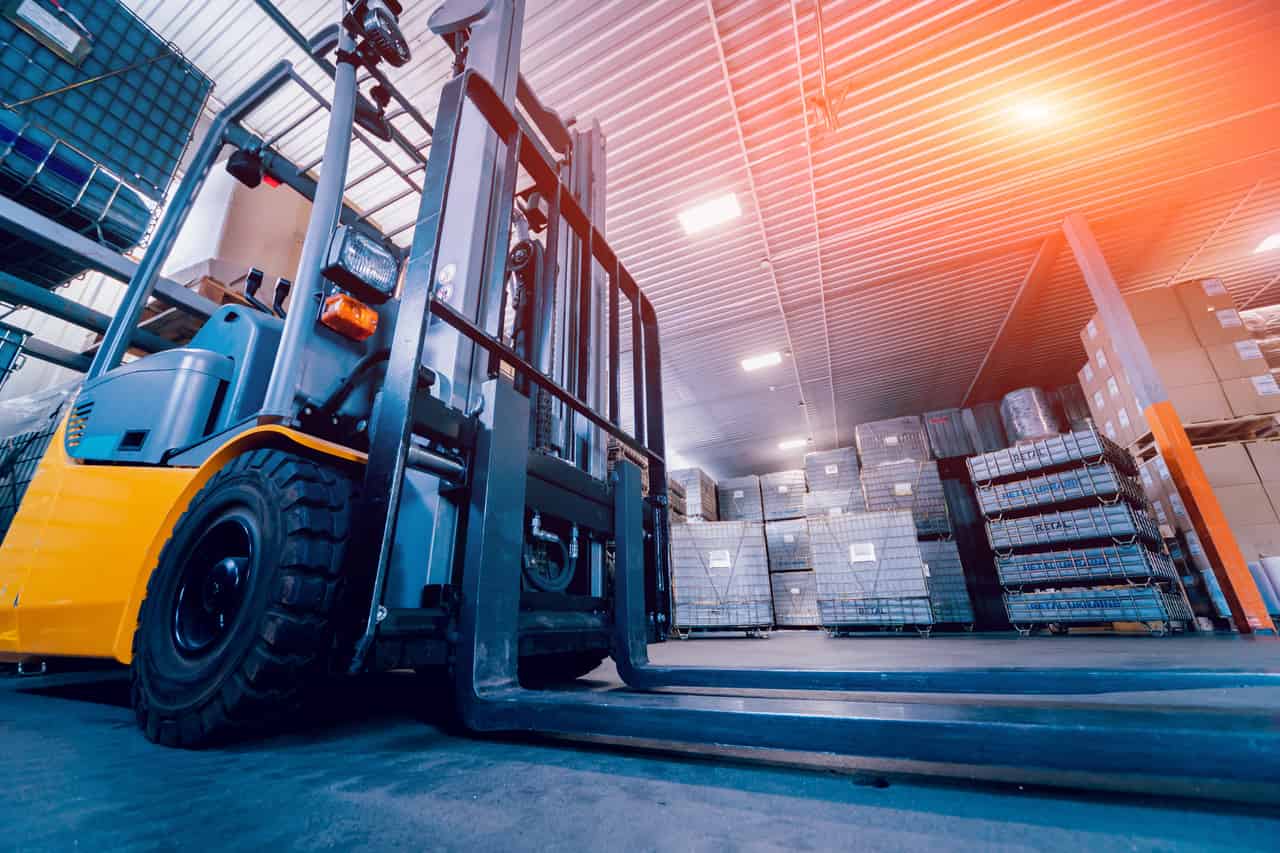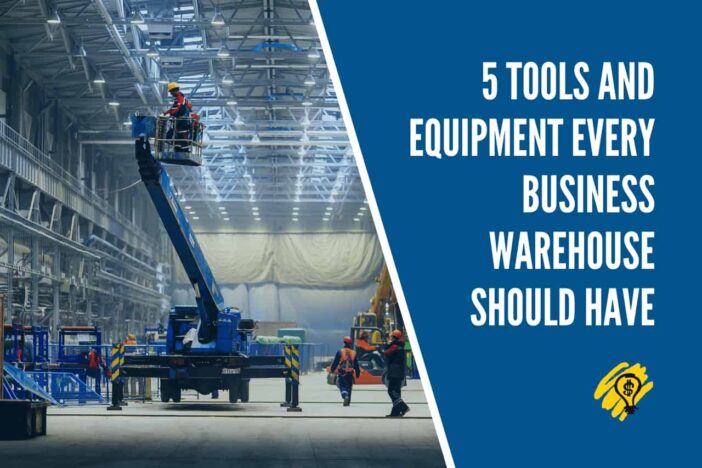Warehouses hold the majority of a business’s inventory, including food, clothes, goods, furniture, and electronics. These things are diverse and can be in small quantities requiring fewer shelving sections or needing multi-thousand square foot buildings with dynamic pallet flow racking. Because of the different activities carried out in a warehouse, there are essential warehouse tools and equipment required to complement human effort in the performance of a warehouse.
This equipment ensures individuals work safely and efficiently by reducing the risks of injuries and product damage. While the equipment may vary according to your industry, there is essential equipment that every warehouse should have, regardless of the function. Read on to learn about this equipment.
1. Storage Equipment
Storage is an important aspect of a warehouse because it helps keep goods and inventory safe and secure. This is entirely possible with the help of the right storage equipment. Storage equipment helps handle your inventory quickly, efficiently, and safely, thus improving your warehouse’s productivity.
According to ESE Direct, the best types of storage equipment include:
Cabinets
These are steel storage containers that offer an easy and convenient way of storing inventory. They offer quick access and are suitable for storing bulkier items.
Pallet Racks
It’s the most common racking system found in a warehouse. They are storage designs that stack inventory in horizontal rows with several levels. Pallet racks make maximum use of your vertical warehouse space. There are different types of pallet racks, including selective pallet racking, push-back pallet racks, and motorized mobile pallet racks.
Also, you can improve your warehouse operations with a pallet changer! Find out why your business might need a pallet changer.
Multi-Tier Shelves
This is the construction of shelves on multiple levels. This increases your warehouse storage capacity by utilizing the vertical space available in your warehouse.
Cantilever Racks
These are racking systems that are beam anchored at one end. They’re suitable for storing bulk, oversized, and extended inventory such as plasterboards, timber, or steel pipes.
2. Dock Equipment
A warehouse dock is the entry and exit point of goods being loaded or offloaded from trucks and trailers. It’s one of the essential areas that require special equipment to ensure efficient and safe activities in the warehouse.
Essential dock equipment required includes:
Dock Boards And Plates
Dock boards and plates are metal plates that help bridge the gap between a truck and a loading platform.
Dock Leveler
This equipment helps bridge the height between the warehouse floor and the delivery vehicle. Its height is adjustable, can be used for different vehicles, and ensures a smooth transition when loading and offloading goods.
Dock Bumpers
These are equipment that provides protection to vehicles, loading equipment, and warehouse walls from damage.
Wheel Chocks
This equipment blocks or prevents motion from the trucks or loading equipment while loading or offloading goods.
3. Lifting Equipment
Lifting equipment refers to the different machine equipment that eases transportation and storage of goods in a warehouse. The wrong lifting equipment can cause serious injuries and damage to your products. When choosing lifting equipment, consider factors like the type of inventory and the height of your racking or shelving system.
The most vital lifting equipment to have are as follows:
Pallet Jacks
A pallet jack, hand truck, pallet pump, or pump truck is a tool used to lift and move pallets within the warehouse.
Forklifts
A forklift, fork truck, or lift truck is a powered truck used for moving goods over short distances.
Service Carts
This is a smaller cart used to move small quantities of goods within the warehouse.
Cranes
This refers to large, tall equipment for moving heavy objects by suspending them from a protruding arm.

4. Safety Equipment
With all the activities involved in a warehouse, safety is very crucial, and your warehouse equipment checklist should have this safety equipment:
First Aid Kit
The American National Standards Institute (ANSI) recommended that your first aid should contain bandages, antiseptic, burn treatments, disposable gloves, tweezers, safety pins, etc.
Barrier Rails
Barrier rails are essential to protect your structures and equipment from forklift damage.
Handrails
These are crucial in providing safety on elevated areas like overhead walkways and mezzanines.
5. Conveyors
Conveyors are warehouse equipment for moving bulk goods or inventory from one location to another. This equipment automates processes by saving time and labor. They also help reduce injuries and product damage by minimizing human interventions.
Examples of conveyors are belt conveyors, spiral conveyors, vertical conveyors, chain conveyors, dustproof conveyors, plastic belt conveyors, gravity roller conveyors, and pneumatic conveyors.
Conclusion
There you have it! These are the essential equipment that every business warehouse should have. However, getting all the above equipment alone is not enough to ensure safety and efficiency in your warehouse. You should also train your employees to effectively and safely use the equipment to perform their tasks.





